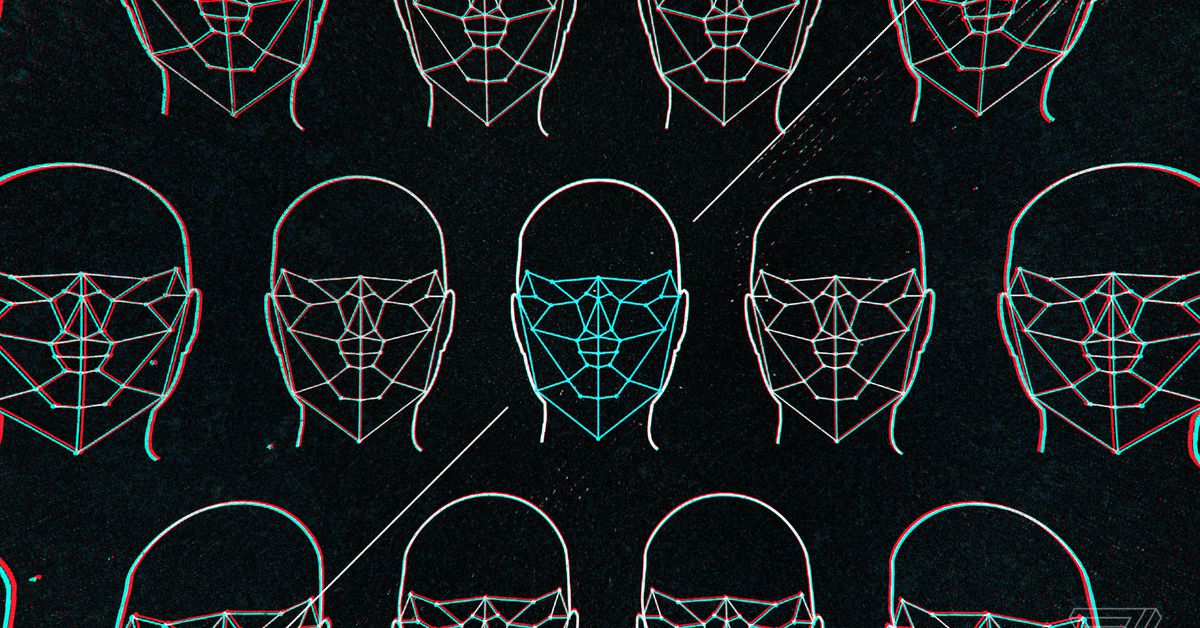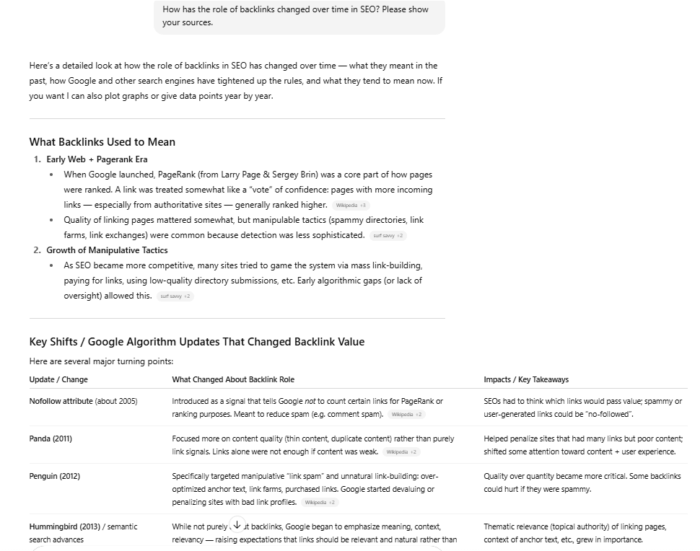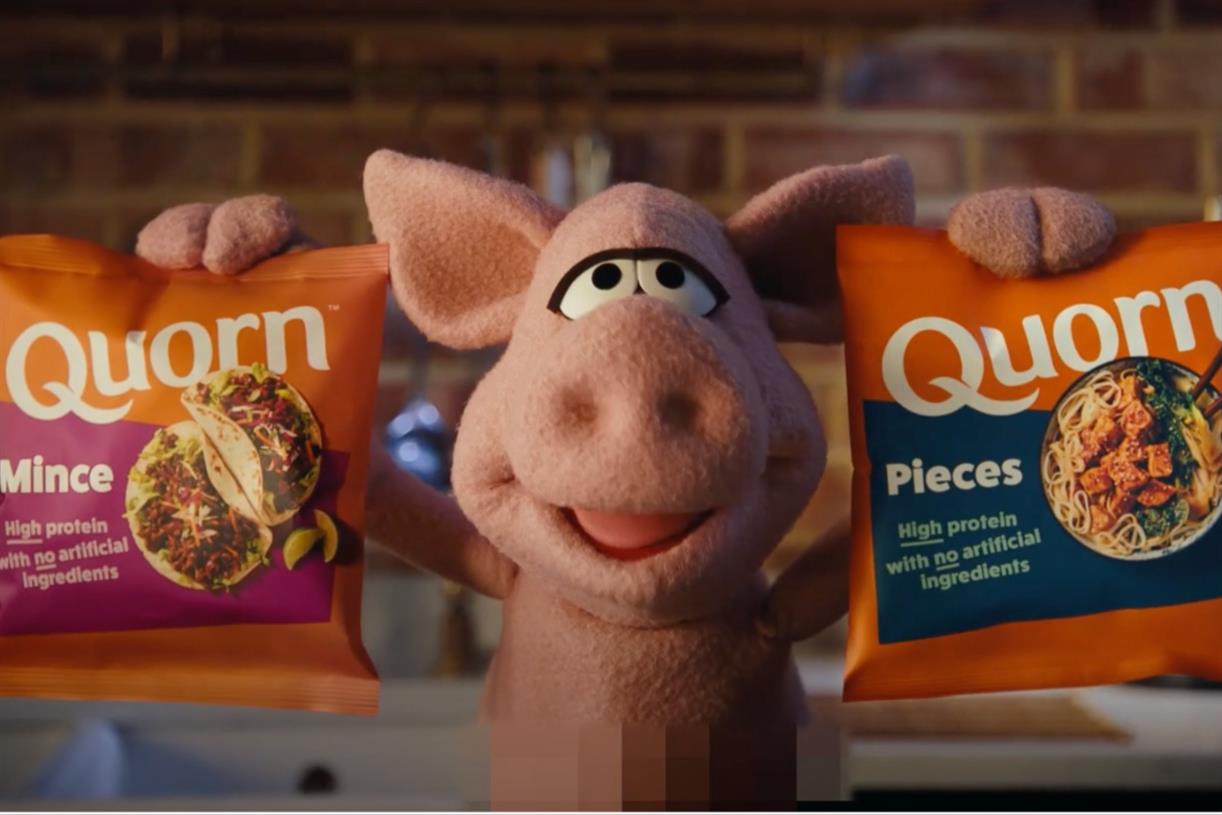FBI used facial recognition to identify a Capitol rioter from his girlfriend’s Instagram posts
Illustration by Alex Castro / The VergeThe FBI says it used facial recognition technology to track down and arrest an individual suspected of taking part in the US Capitol riots earlier this year. The case, which was first reported...

The FBI says it used facial recognition technology to track down and arrest an individual suspected of taking part in the US Capitol riots earlier this year. The case, which was first reported by The Huffington Post, is notable for the FBI’s acknowledgement that it used facial recognition not just to confirm a suspect’s identity, but to discover it in the first place.
According to an affidavit shared online by the Huffington Post, federal agents tracked down an individual named Stephen Chase Randolph using crowdsourced images from the riots (including those shared on Twitter by a group known as SeditionHunters). They searched these pictures on the web using “an open source facial recognition tool, known to provide reliable results,” and this led to a public Instagram page apparently belonging to Randolph’s girlfriend which contained “numerous images” of the suspect.
:no_upscale()/cdn.vox-cdn.com/uploads/chorus_asset/file/22459136/Screen_Shot_2021_04_21_at_11.06.08_AM.png) FBI agents found an Instagram page apparently belonging to Randolph’s girlfriend using “open source facial recognition.” Image: FBI Affidavit via The Huffington Post
FBI agents found an Instagram page apparently belonging to Randolph’s girlfriend using “open source facial recognition.” Image: FBI Affidavit via The Huffington Post
Pictures on the account showed Randolph wearing the same items of clothing as in stills captured at the Capitol. These included a grey knitted hat with the Carhartt logo embroidered in white on the front. This hat was key for tracking Randolph’s activities across multiple videos and images, leading to SeditionHunters dubbing him #GrayCarharttHat.
The FBI affidavit says Randolph was seen assaulting multiple US Capitol Police officers. “In the process of pushing the barricades to the ground, the SUBJECT and others knocked over a USCP Officer [...] causing [her] head to hit the stairs behind her, resulting in loss of consciousness,” says the report. “The SUBJECT then continued to assault two other USCP officers by physically pushing, shoving, grabbing, and generally resisting the officers and interfering with their official duties of protecting the closed and restricted US Capitol grounds.”
After finding Randolph’s girlfriend’s Instagram account, federal agents found Facebook accounts apparently belonging to his family members, revealing Randolph’s full name. They then cross-referenced his identity with state driving license records and surveilled him at his home and workplace, where he was spotted still wearing the same Carhartt hat.
:no_upscale()/cdn.vox-cdn.com/uploads/chorus_asset/file/22459138/Screen_Shot_2021_04_21_at_11.07.41_AM.png) The FBI tracked down Randolph to his workplace, where he was interviewed by undercover agents. Image: FBI Affidavit via The Huffington Post
The FBI tracked down Randolph to his workplace, where he was interviewed by undercover agents. Image: FBI Affidavit via The Huffington Post
To confirm Randolph’s participation in the riots, two undercover FBI agents approached him at his work on April 13. They struck up a conversation with Randolph in which he admitted to attending the riots, saying “I was in it” and “It was fucking fun.” Randolph also said he’d seen a female police officer being pushed over by the barricades, and suggested that the officer had suffered a concussion because she’d curled up into the fetal position. Randolph was arrested in Kentucky a week after this interview took place, says The Huffington Post.
The case shows how the FBI is using facial recognition and crowdsourced images to track down those who participated in the January 6 riots. Such tools are not always necessary to find suspects, but their use appears to be becoming increasingly common. A report from BuzzFeed News earlier this month revealed that some 1,803 publicly funded agencies, including local and state police, tested controversial facial recognition service Clearview AI prior to February 2020. The technology has only become more widely known since.

 UsenB
UsenB 


























.jpg&h=630&w=1200&q=100&v=6e07dc5773&c=1)




